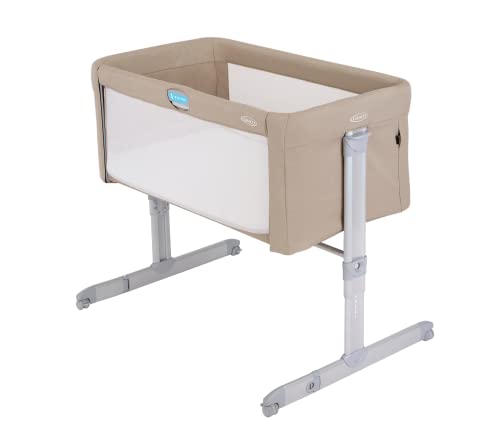How to Choose cots offers are an essential piece of equipment in funeral hospitals and funeral homes. They permit staff to safely and securely transport bodies. They provide a dignified, comfortable resting area for the body.
COTS products are essential in the federal market, but can be difficult to manage. This blog will discuss how COTS items fit into GSA schedules, and other government procurement regulations.
Cost-effectiveness
The use of commercial-off-the-shelf (COTS) products allows procurement agencies to gain efficiencies by purchasing items that are readily available from the marketplace. This helps reduce development time as well as life-cycle costs. It also allows procurement agencies to take advantage of the latest advances in technology and experience in the field.
However it is crucial to note that COT designations are subjective and different entities could have a different perspective to define what is an actual COTS item. This can be problematic for a business that relies on a uniform method to calculate government prices accurately. For instance, wholesalers and GPOs often have an inventory of COT items that are not in line with the list used by a manufacturer to calculate prices for government. A well-documented SOP and COTS Reference Library are vital elements to apply an efficient and consistent method of distributing COTs.
Reliability
A sale cot is a vital purchase for mortuary services. It should be durable and reliable enough to withstand high usage. It should also be easy to set up and transport. The manufacturer should offer good customer service in the event of any problems after sale. Take feedback from your employees before making a final decision. They will be the ones who will use the cots, and can confirm if it's sturdy and reliable.
Wholesalers and GPOs give COT designations that do not match the list of the manufacturer. This is due to many factors, including changing business models, mergers and acquisition activity. This creates challenges for consistent application of a subjective lens to the classification of COTS.

Durability
The durability of sale cots is vital because they need to be able to stand up to regular use and transport. Many funeral homes use these cots to display the body remains, and they have to be strong enough to withstand the weight of the casket and other items that are placed on top of them. Cots must also be resistant against corrosion and possess an easy-to-assemble, stable structure. It is important to choose a company that provides customer service and is able to assist with any issues that may arise after the purchase.
Solid wood cots make the ideal furniture for babies because they are sturdy and less likely to be contaminated with toxic chemicals or off-gassing as compared to composite materials like MDF or Chipboard. In addition, they're more appealing than cheaper alternatives.
The Westport design from Silver Cross is a great option if you want the cot and lounger in one. The cot is made from an extremely durable material, and it has three levels of height for infants who are growing. The instructions are a bit difficult but once you've got it figured out, this cot will serve your family well.
The Helinox Cot One is the most lightweight cot on the market but it's not as durable as the other models we test. It's also more complicated to assemble, as it comes with a lot of parts. It's a comfortable cot and is a good choice for backpackers. It weighs 14 ounces less than the Thermarest Luxury Lite or Sleep Rite.
Safety
If you're providing cots, you must ensure they comply with the product safety standards. This is a vital step to prevent injuries and deaths for children. This can be accomplished by asking your supplier whether their products have been independently tested. Request that your supplier send you a copy their test results. You can also organize your own test.
Whether you're buying new or second hand, it's important to check the safety of your cot before allowing your baby to sleep in it. Check for a certificate of conformity from the manufacturer, along with detailed labels and warnings. It must also be free of any sharp edges, protrusions or gaps that could trap a child's finger or leg. Additionally there should not be footholds in the cot that children could use to climb out.
When choosing a cot ensure that the mattress is clean and flat. It should fit snugly and without gaps. The bottom edge of the lowest rail should not be more than 30mm away from the base of the mattress. If the cot has an adjustable base, ensure that it is in its lowest position.
Make sure that the slats and filler bars are fixed, and that they aren't brimming with tiny holes that could trap clothing. Bolts, nuts and corner posts shouldn't protrude more than 5mm to prevent children from being able to catch their fingers. Make sure the cot is not near loose blinds or curtains which can easily be pulled off by small hands.
Look for a label that states that the cot has passed obligatory tests and is in compliance with Australian Standards AS/NZS2172:2003 Cots intended for use in the home - safety requirements. This is the only way to be sure that the cot you're buying is safe and suitable for sleep. It is illegal for sellers, second-hand stores and antique stores to supply antique cots that do not have certificates or labels.
While the majority of designers and manufacturers are diligent in ensuring that their products are safe, accidents can occur. Older cots used by previous children may not meet safety standards and could be a danger of being suffocated or ingestion of foreign bodies.
